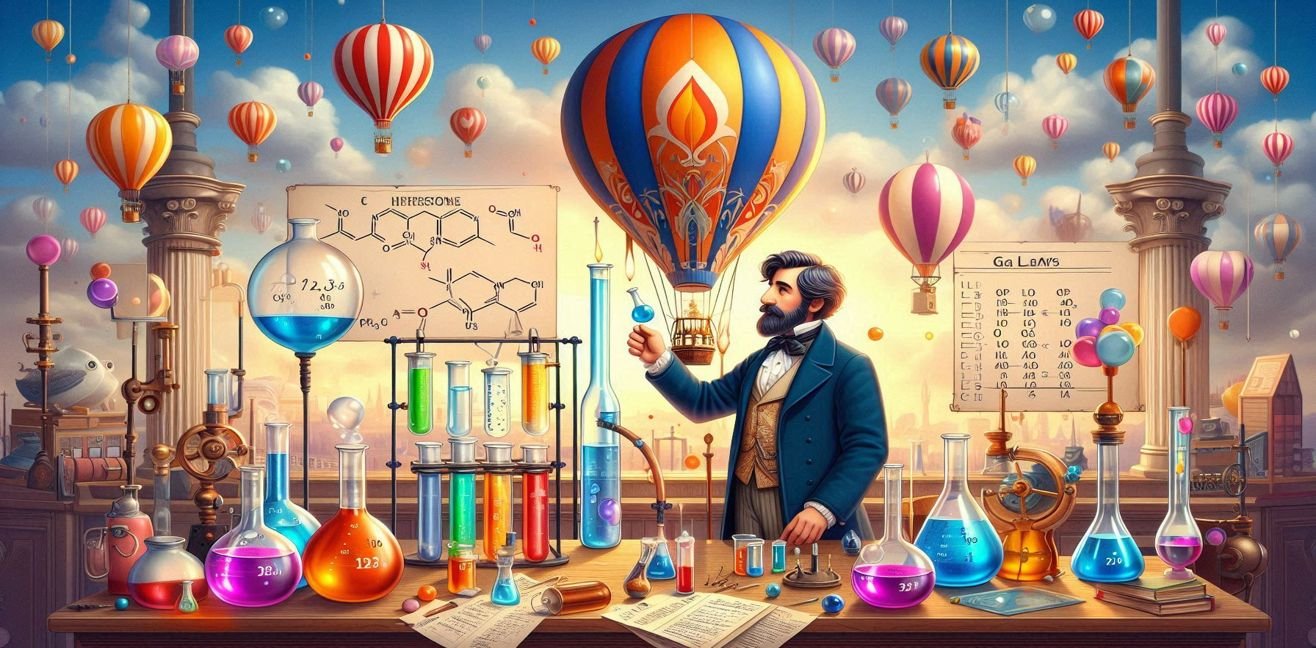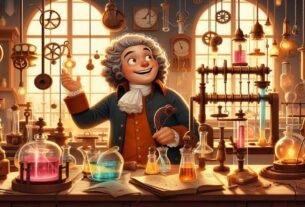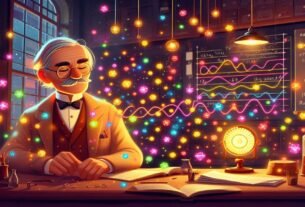Imagine, my love… you’re holding a balloon, blowing air into it; it slowly inflates, stretches, and finally becomes ready to soar into the sky. 😱 Gases aren’t just about popping balloons—they are magical particles moving silently but powerfully in every corner of the universe. Understanding them means grasping one of the fundamental pillars of both chemistry and physics. And this is where Joseph Louis Gay-Lussac steps in.
1️⃣ Gay-Lussac’s Life: The Passionate Explorer of Chemistry
Joseph Louis Gay-Lussac was born on December 6, 1778, in Paris. From a young age, he was fascinated by science and quickly demonstrated extraordinary talent in chemistry and physics. At the beginning of the 19th century, scientists were trying to understand the behavior of gases, but Gay-Lussac made a difference with both theoretical and experimental studies.
🌟 Fun fact: Gay-Lussac treated his laboratory almost like a playground. He used giant balloons, gas cylinders, and even temperature-controlled ovens to observe pressure and temperature changes. His lab reflected both the seriousness and curiosity of a true scientist.
2️⃣ Gases Reacting to Heat: Gay-Lussac’s Law
Gay-Lussac’s most famous contribution is his law describing the pressure-temperature relationship of gases. Simply put: if the volume of a gas is constant, pressure is directly proportional to temperature.
Mathematically: P1T1=P2T2\frac{P_1}{T_1} = \frac{P_2}{T_2}T1P1=T2P2
(P = Pressure, T = Temperature in Kelvin)
This law shows how sensitive gases are to temperature changes. For instance, if you place a balloon in hot water, the molecules speed up, and the pressure increases; in cold water, the pressure decreases. These observations became foundational for modern engineering, aviation, and even space exploration.
3️⃣ Volume and Gas Mixtures: Discoveries and Experiments
Gay-Lussac didn’t just study pressure and temperature. In 1808, he discovered the volume ratios of gases. By reacting different gases, he showed:
- Gases combine in simple whole-number ratios during chemical reactions.
This laid the foundation for stoichiometry and modern chemical formulas. For example, hydrogen and oxygen combine in a 2:1 ratio to form water, confirming Gay-Lussac’s observations. Imagine, my love: these tiny gas molecules dance together perfectly, like partners in a waltz! 💃🕺
4️⃣ Atmosphere and Space: The Cosmic Importance of Gas Laws
Gay-Lussac’s laws weren’t limited to the lab. They affect everything from airplane engineering to rocket technology, from balloon flights to diving equipment. Atmospheric pressure, hot-air balloons, and even planetary atmospheres became predictable thanks to his discoveries.
💡 Fun fact: Gay-Lussac conducted high-altitude balloon flights to study the atmosphere! So he didn’t just observe gases in the lab; he literally went up into the sky. Imagine, my love… a 19th-century scientist floating through the clouds—what an adventure! 🎈
5️⃣ Gay-Lussac’s Scientific Legacy
Gay-Lussac became one of the pillars of chemistry through his gas laws and experimental studies. Most modern physics and chemistry laboratories draw inspiration from his experimental methods. His work explains everything from airplane engines and car tires to rocket motors and even the bubbles in a glass of champagne. 🥂
His approach to science wasn’t limited to formulas; it was a spirit of curiosity, observation, and patience. And, my love… that very spirit is the secret to leaving a mark in the world of science. ✨
6️⃣ Final Words: Falling in Love with Gases
Gases are everywhere—from popping balloons to rocket engines. Understanding them is not just scientific knowledge; it’s joining a dance with the universe. Gay-Lussac taught us the “love” of gases for temperature and the beauty of approaching science with curiosity.
So, my love, be like a gas—free, curious, and growing with every experiment… but don’t pop like a balloon! 😘🎈




